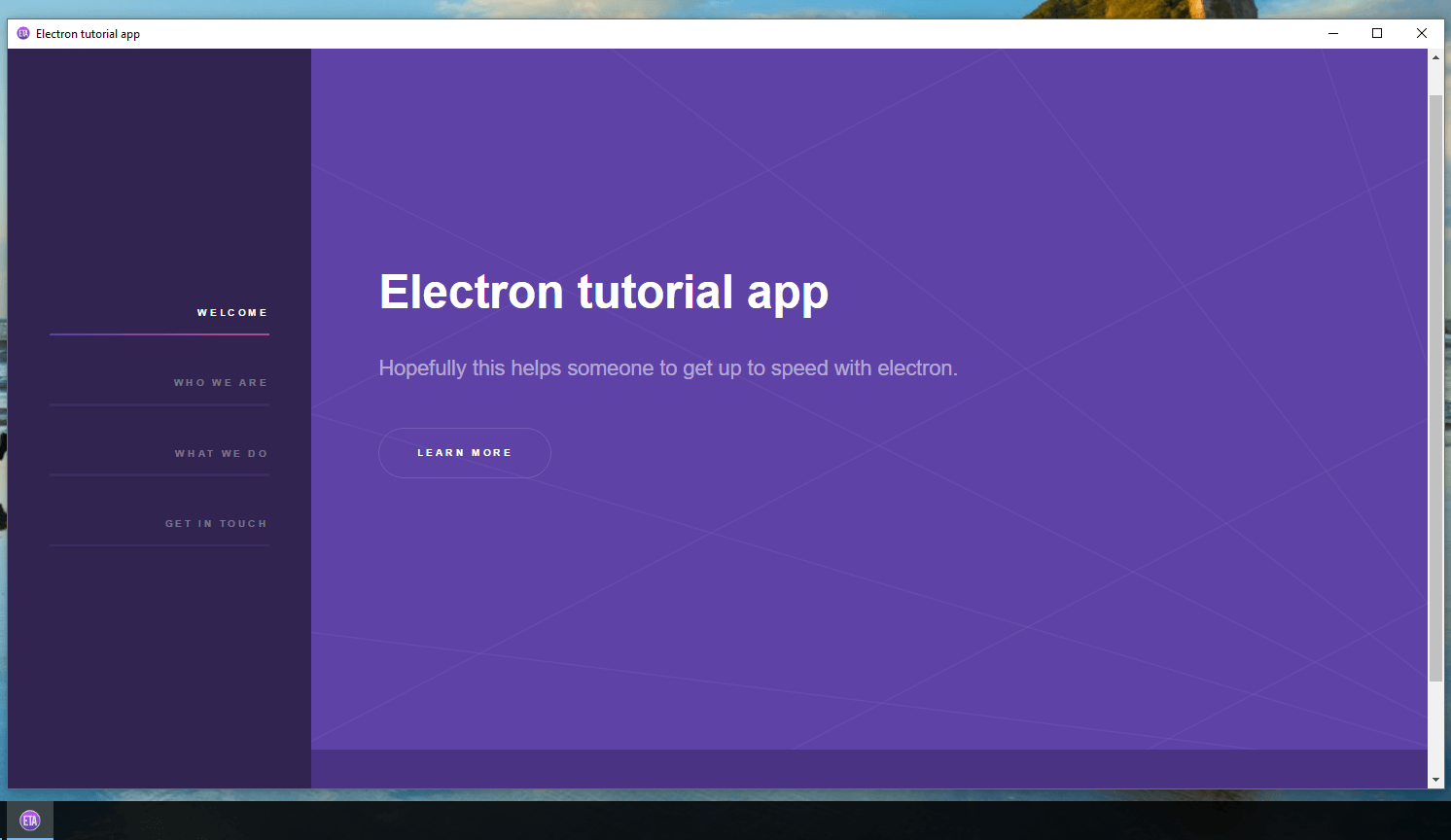

- #Mac ui for electron app photon update
- #Mac ui for electron app photon pro
- #Mac ui for electron app photon windows
In this article, I'll introduce, dissect, and push the limits of Electron. And just like you have Cordova plug-ins, Electron uses node packages.

Just like you have Cordova for mobile, for desktop you have Electron.
#Mac ui for electron app photon windows
This is exactly what Java promised, except this time it's actually practical.īut what about desktop? We can't ignore the fact that MacOS and Windows desktops are still where 90% of the actual work gets done. You can write stuff once and run it everywhere. When you need to tap into native platform capabilities, you have plug-ins for platforms like Cordova. That's a realization everyone will come to, sooner or later. In fact, when it comes to expressing UI, in many cases Web technologies give us a better rendering platform than anything else.Īlthough I agree that native still offers more power, I also insist that in 99% of those cases, you don't need that power. Web-based open technologies, notably JavaScript, HTML, and CSS, have become incredibly potent. On each of these platforms, you have their respective frameworks, nuances, and annoyances.Īt the same time, while these sharks are rearranging chairs on their respective sinking Titanics of native platforms, a new way of writing applications has emerged: the Web. Within mobile, there's iOS, Android, and Windows, within Web, you have many browsers, and on desktop, you have MacOS, Windows, and Linux. What has made things challenging lately is that clients want this functionality to be across numerous platforms: mobile, desktop, and Web. And, at the heart of every application is logic, rendering, communication, and storage. Our clients want us to develop applications that they can use. NET or WPF or Cocoa or Metal, the names change, but our jobs don't. Both languages are supported by rich underlying platforms. Both Apple and Microsoft have been pushing you to use Swift or C# to write functionality for their operating systems.

The sharks in our tech ocean have their app stores. Just go to the top left menu of the file and select "open in desktop app.We live in a multi-platform world.
#Mac ui for electron app photon pro
Pro tip: If you keep your browser as the default, you can always open a Figma URL in your desktop app manually. If you ever change your mind, go to preferences in the top left menu of a Figma file and uncheck "open links in desktop app."
#Mac ui for electron app photon update
Update your desktop app, click any Figma URL, and check "always open in the app" from the dialogue box that pops up. Now, Figma will natively handling opening links on desktop. (A big thanks to those who shared their work so the community could use it!) Figma desktop fans built menu bar apps and browser extensions to get around that. Those links can be embedded into word processing docs, posted on Slack or saved in task management tickets, making it easy for people to stay up to date on the design progress.īefore now, those links automatically opened in the browser, taking users into Chrome, Firefox or Safari instead of our app. One of Figma's super-powers is the ability to share source-of-truth files with a link.

Although Figma is first and foremost a web tool, our desktop app gets its fair share of love from the community.


 0 kommentar(er)
0 kommentar(er)
